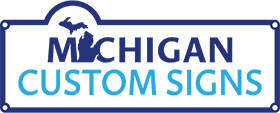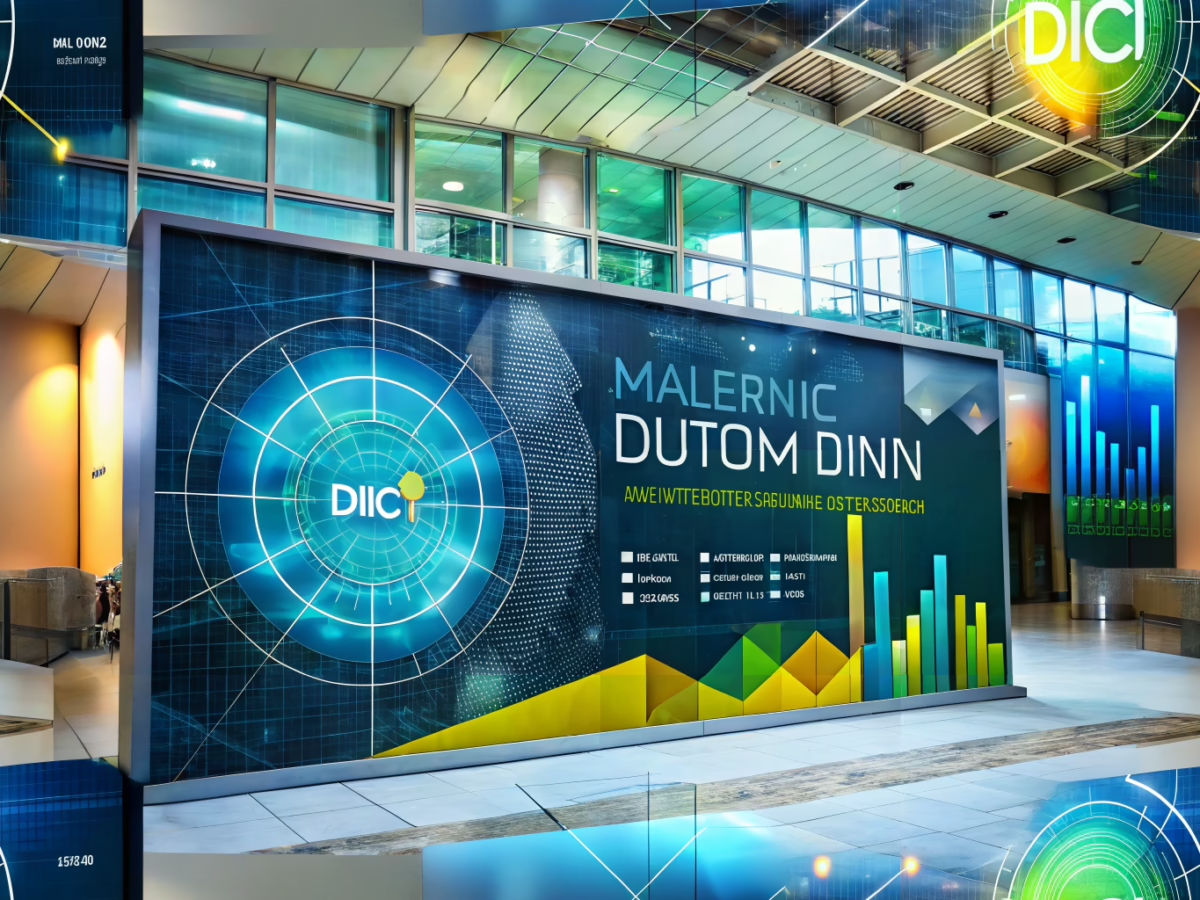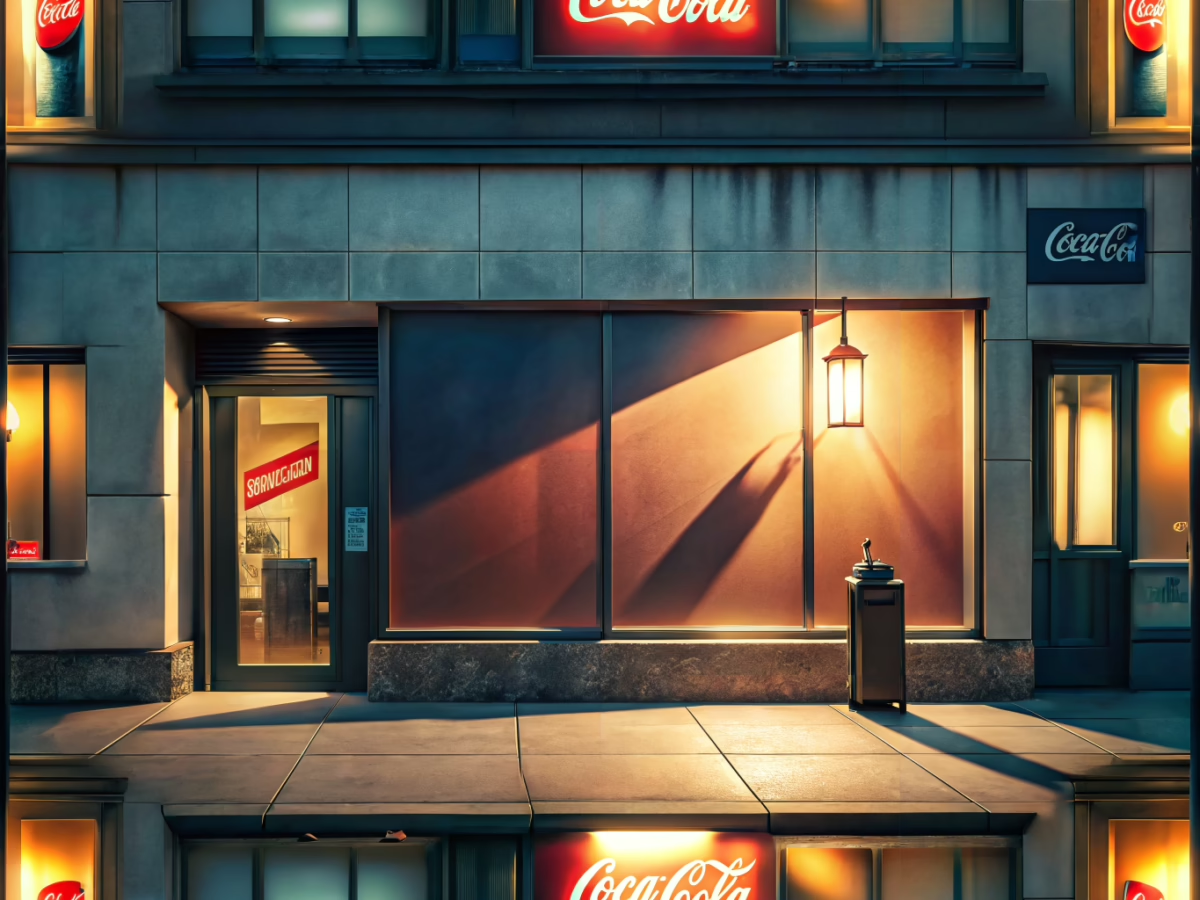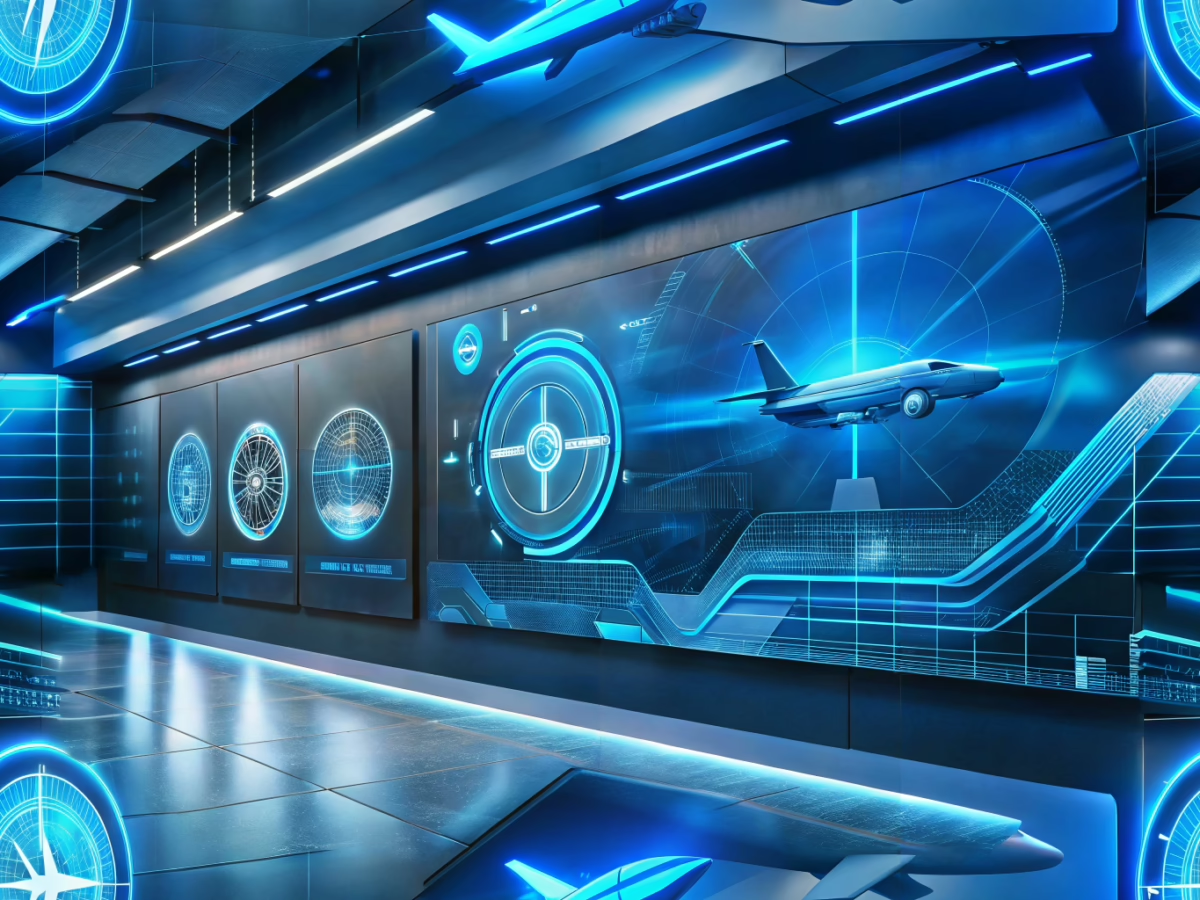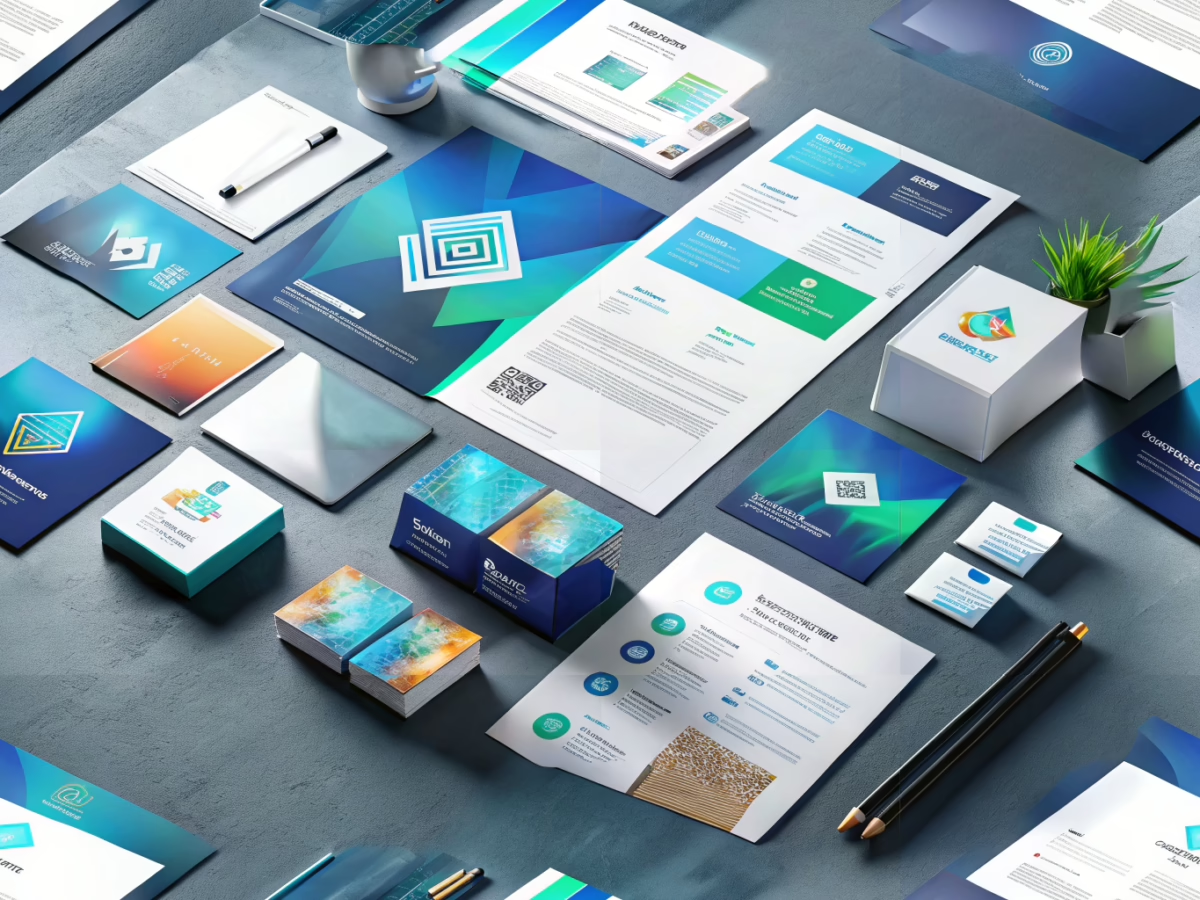Unlocking the Art of Data-Driven Design: Elevate Your Custom Signage in Michigan
In the vibrant and competitive business scene of Michigan, making your mark is no small feat.
Yet, with the advent of data-driven design, custom signage has evolved into a dynamic canvas
that not only grabs attention but also strengthens brand identity.
By harnessing the power of analytics and data-driven strategies, businesses can craft custom signage that speaks directly
to Michigan’s diverse audiences.
The Science Behind Data-Driven Design in Signage
Imagine a world where every element of your custom signage is meticulously crafted based on data insights.
This is the essence of data-driven design—a groundbreaking approach that uses analytics to guide design decisions.
By delving into customer demographics, foot traffic, and dwell time, businesses can create signage that truly resonates with
their audience. In Michigan, this means tailoring designs that are not only visually stunning but also strategically positioned and content-rich.
Incorporating local demographics and weather patterns into your design strategy is key.
Understanding the unique traits of your audience and environment can significantly boost the effectiveness of your signage.
By focusing on custom signage design and data-driven design for signage, businesses can create standout signage that captures attention.
Crafting Your Data-Driven Custom Signage: A Journey
Step 1: Dive into Data Collection & Analysis
The heart of data-driven design lies in thorough data collection and analysis. By leveraging analytics, businesses can uncover
valuable insights into customer behavior, foot traffic, and dwell time. Utilizing analytics tools that track viewer interactions and performance
metrics is crucial for making informed design choices. This data-driven marketing approach ensures your signage not only catches the eye but also engages your audience effectively.
Step 2: Mastering Sign Placement with Data Insights
Strategic placement is the secret sauce to maximizing your signage’s impact. By analyzing foot traffic patterns, businesses can position their signage in high-impact areas.
Using regional data, such as local traffic flows and popular gathering spots, can guide the placement of your signage for optimal visibility and engagement.
This ensures your message reaches the right audience at the right time.
Step 3: Personalizing Content for Maximum Impact
Content personalization is a powerful tool in the data-driven design toolkit. By using viewer interactions and segmentation data, businesses can tailor digital signage content to create engaging, relevant messages that resonate with Michigan consumers.
Innovative signage design involves crafting content that speaks directly to your audience’s interests and needs, ensuring your message hits home and drives action.
Step 4: Embracing Continuous Monitoring & Adaptation
The journey of data-driven design doesn’t end with implementation.
Continuous performance monitoring using key metrics such as engagement rates and viewer interactions is vital for ongoing improvements.
By routinely checking analytics, businesses can sustain the effectiveness of their signage design and adapt to evolving trends and consumer behaviors.
This commitment to continuous performance monitoring ensures your signage remains relevant and impactful.
Elevating Your Signage Game: Advanced Strategies
To further amplify the impact of your custom signage, consider integrating smart analytics with your design considerations.
In Michigan, adapting your signage design to regional factors like weather and local consumer trends can provide a competitive edge.
Expert recommendations include avoiding common pitfalls and enhancing your overall design and marketing strategy with data-driven design strategies and innovative signage design.
Empowering Michigan’s Business Landscape with Data-Driven Design
By embracing the critical steps—collecting data, optimizing placement, personalizing content, and continuously monitoring performance—
local Michigan businesses can be empowered to adopt data-driven design approaches.
This not only boosts brand identity but also enhances engagement with your target audience.
We encourage you to experiment with data-driven tactics, share your success stories, and explore further resources for personalized consultations.
Looking for expert custom signage solutions? Visit our
Custom Signage
page for tailored strategies that align with your business goals.
Your Questions Answered
- Which analytics tools are best for measuring signage performance?Tools like Google Analytics,
Adobe Analytics, and specialized signage analytics platforms offer valuable insights. - How can local data enhance my signage design?By analyzing local demographics, weather patterns, and consumer trends, you can tailor your signage to better meet the needs of your audience.
- What are the first steps to implementing a data-driven design process?Start by collecting data on customer interactions, analyze foot traffic patterns, and personalize your content based on these insights.
Spread the Word & Connect
Share this guide with fellow local business owners to spread the word about the power of data-driven design.
Subscribe to our blog for more insights, download additional resources, or schedule a consultation for customized signage strategies tailored to your business needs.
